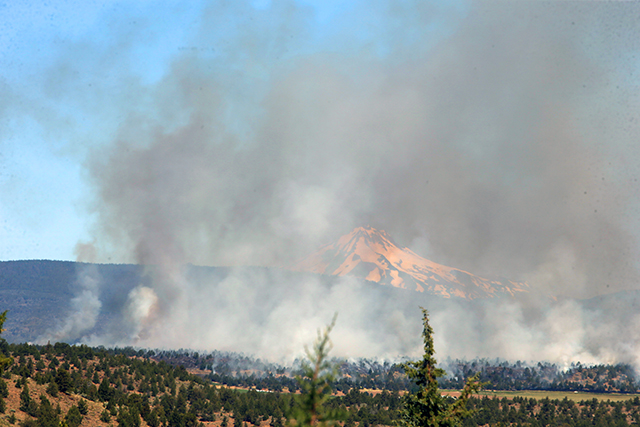Your garden as a piece of art
Published 12:00 am Tuesday, December 24, 2013
Do you suffer from color withdrawal when the holiday season ends? I don’t have an app for that, but I do have some thoughts for you to tuck away and use when necessary.
When you think about it, we have had color saturation for approximately nine months. We’ve had spring flowering trees, bright spring bulbs, pansy time before planting petunias, followed by a plethora of summer blooms. Fall arrives and the flower colors aren’t as sharp as midsummer, but the leaves are changing and our eyes are drawn to those.
You wonder where the time has gone. The leaves are in the compost pile and the reds and greens of the holiday season are everywhere we look. We will all have to admit that, within a few more weeks, those colors will have lost their appeal.
This is when I go into color withdrawal and start devouring seed catalogs. I have a sneaking suspicion it is a huge marketing ploy by seed companies offering us colorful, anything-is-possible catalogs as the medicine to cure our ills. It can also be akin to going to the store when you are hungry. I’ll have one of this, two of those, a handful of that and here is my saving account.
This year I have decided to be more disciplined instead of my usual hodgepodge selection process. I am going to spend some time with “Colour Schemes for the Flower Garden,” written by Gertrude Jekyll in 1914. My copy is a reprint published in 1988.
Jekyll (1843-1932), born in London and raised in Surrey, returned to London to study art and design at the School of Art in South Kensington. An artist by training, she studied botany and ornamentation, color theory and art history.
By studying the use of color in paintings by Joseph Mallard William Turner, she developed a profound understanding of color and its effects. She learned to understand the importance of contrast, “without which harmony degenerates into monotony.”
Jekyll made major contributions to gardening. Most importantly, she was an artist-gardener observing plants and composing them into beautiful landscapes. She recorded her ideas and experiences in hundreds of magazine articles and in 14 published books. More than 400 garden designs in the United Kingdom, Europe and the United States are attributed to her design talents.
Jekyll was also a talented craftsman working in silver, wood and the fiber arts. She designed her own line of vases, Munstead Flower Glasses, when she failed to find vases that met her exacting standards.
A woman before her time, she resolved the bitter dispute between architects and gardeners as to who should design gardens. The end result being that they should work together.
My therapy to see me through these next few months is to start a separate journal recording ideas taken from “Colour Schemes for the Flower Garden.” One grouping that appeals to me is her plantings of spring bulbs against the background of the yucca plants. I already have the yucca plants standing alone with nothing interesting around them. Next fall I will add the bulbs to make a more interesting vignette.
I intend to learn more about color combinations, structure and texture. I want to be able to train my eyes to view a painting or a photo I like and understand what drew me to it. Was it the artist’s use of color, of structure and shapes, or the use of texture — bold against delicate? Maybe by the end of the winter I will have begun the process of how to renew an old, tired landscape.
As an ongoing inspiration I will start my new journal with a quote from Jekyll.
“Given the same space of ground and the same material, they may either be fashioned into a dream of beauty, a place of perfect rest and refreshment of mind and body — a series of soul-satisfying pictures — a treasure of well-set jewels; or they may be so misused that everything is jarring and displeasing.”
Wish me luck!
— Reporter: douville@bendbroadband.com






